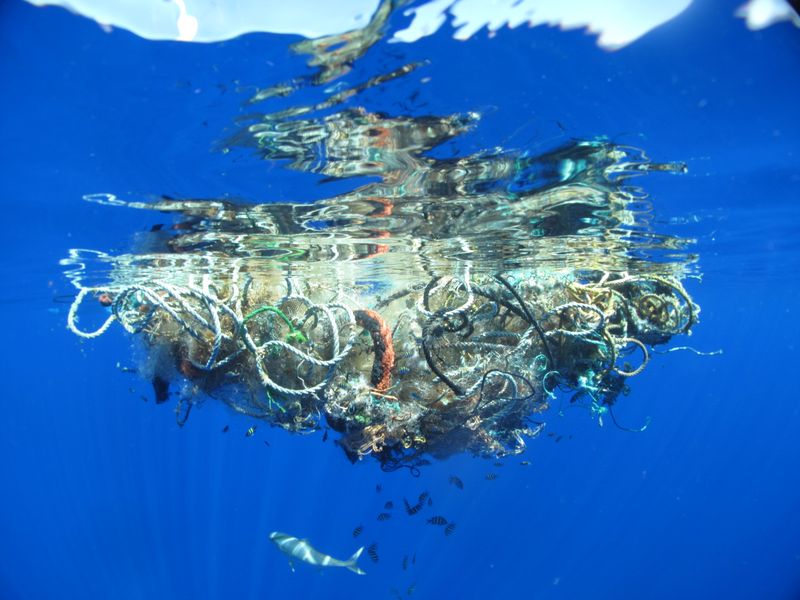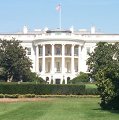Government Grants
Business Grants
Home Owner Programs
Federal Programs
About Us
Cooperative Agreement for affiliated Partner with the Desert Southwest Cooperative Ecosystem Studies Unit (CESU)
The USGS is offering a funding opportunity to a CESU partner for research in investigating remotely-sensed changes in vegetation greenness and water use in the Lower Colorado River unrestored riparian corridor as well as the Multi-Species Conservation Plan (MSCP) restoration sites.
This research supports the science and monitoring of the Lower Colorado River"s unrestored and restored ecosystems.
This current call for research assistance is in response to the planting of over 100 restoration plots as mandated by MSCP and is being measured using long-term experiments and monitoring activities.
Remote sensing methods allow the measurement of these ecological restoration and habitat developments and ongoing site growth within the MSCP plots.
The Department of Interior and U. S. Geological Survey developed algorithms for measuring the water resources for natural and anthropogenic uses.Southwest Biological Science Center (SBSC) has a research requirement for measurement and monitoring activities along the riparian corridor of the Lower Colorado River.
There is a need to acquire data in order to understand how unrestored riparian vegetation and native vegetation in restoration sites respond to added water and drought, as well as how water deliveries effect the health of riparian vegetation annually and over consecutive growing seasons.
The USGS seeks measurement of changes in greenup and actual evapotranspiration (ETa) using satellite images, including vegetation indices (VI), a valuable indicator of plant health and vigor, and VI-based ETa, with one purpose being the collection of time-series data for trends analysis and the other being monitoring of all restoration activities for these two metrics.
Future trajectories should also be estimated using drought indices for each measured metric.
This research supports the science and monitoring of the Lower Colorado River"s unrestored and restored ecosystems.
This current call for research assistance is in response to the planting of over 100 restoration plots as mandated by MSCP and is being measured using long-term experiments and monitoring activities.
Remote sensing methods allow the measurement of these ecological restoration and habitat developments and ongoing site growth within the MSCP plots.
The Department of Interior and U. S. Geological Survey developed algorithms for measuring the water resources for natural and anthropogenic uses.Southwest Biological Science Center (SBSC) has a research requirement for measurement and monitoring activities along the riparian corridor of the Lower Colorado River.
There is a need to acquire data in order to understand how unrestored riparian vegetation and native vegetation in restoration sites respond to added water and drought, as well as how water deliveries effect the health of riparian vegetation annually and over consecutive growing seasons.
The USGS seeks measurement of changes in greenup and actual evapotranspiration (ETa) using satellite images, including vegetation indices (VI), a valuable indicator of plant health and vigor, and VI-based ETa, with one purpose being the collection of time-series data for trends analysis and the other being monitoring of all restoration activities for these two metrics.
Future trajectories should also be estimated using drought indices for each measured metric.
Relevant Nonprofit Program Categories
Obtain Full Opportunity Text:
RFA-FD-25-019 Food Safety Capacity and Infrastructure Building
Additional Information of Eligibility:
This financial assistance opportunity is being issued under a Cooperative Ecosystem Studies Units (CESU) Program.
CESUs are partnerships that provide research, technical assistance, and education.
Eligible recipients must be a participating partner of the Desert Southwest CESU Program.
Full Opportunity Web Address:
https://grants.nih.gov/grants/guide/rfa-files/RFA-FD-25-019.html
Contact:
Agency Email Description:
rachelmiller@usgs.gov
Agency Email:
Date Posted:
2025-07-10
Application Due Date:
Archive Date:
2025-08-31
Social Entrepreneurship
Spotlight
When it Comes to Social Enterprises, Failure is the Best Platform for Innovation

In the world of social enterprises, failure is a cringe-worthy moment nobody wants to talk about. But, social entrepreneurs can benefit from their failures.

